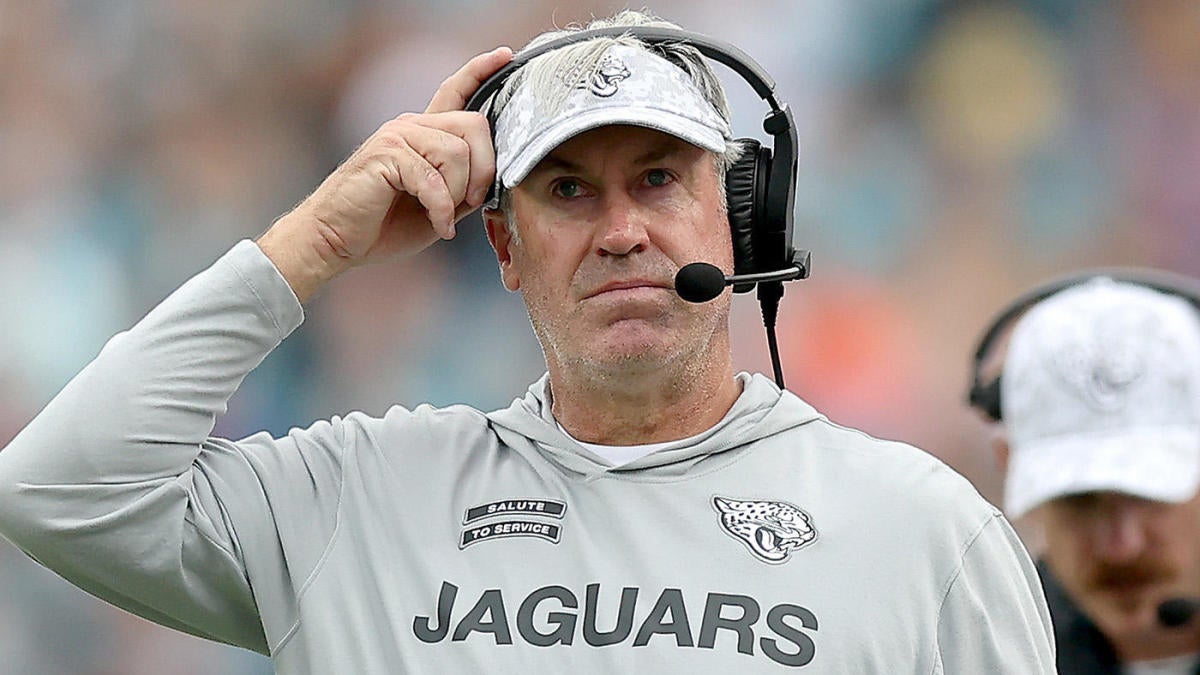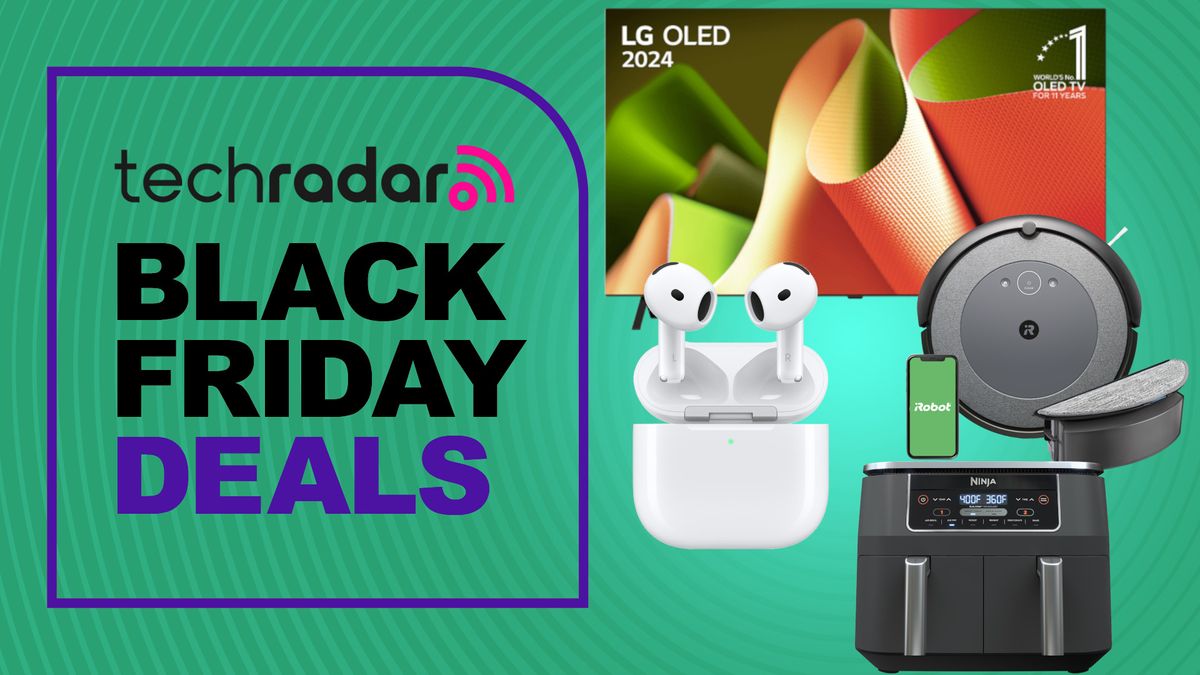Fashion
‘Fashion is political’: How style trends ‘predicted’ Trump’s re-election

Like other artistic mediums, fashion is largely subjective, leaving its meaning open to the interpretation of onlookers and consumers. However, it’s also inextricably political in its reflection of current cultural trends, and recent surges in traditional style may have pointed to Trump’s re-election long before November 5.
Every so often, we see decades-old style trends recycled, reimagined, and repackaged with the return of counterculture movements, which are born in direct response to current politics. This is most readily observed in the recent resurgence of Y2K fashion and remakes of the media we’ve come to recognize as hallmarks of this style era. Think The Crow (1994) vs. The Crow (2024); the new wave gothic renaissance aesthetic of the ’90s film is a far cry from the revamped “goth boy” style popularized by the late artist Lil Peep in its remake. While both films follow the protagonist Eric Draven, their subject matter and overarching themes differ by decade, mirroring major talking points of the time, specifically as they relate to love and power and what it means to experience either.
In response to the revitalization of ’90s and 2000s goth and punk trends, as well as adjacent aesthetics like the gem-toned and velveteen Practical Magic-esque “whimsigoth” style, we’ve now seen a return to uniformity with the slicked-back, neutral look of the “clean girl” aesthetic. Where the former umbrella leans maximalist, the latter embraces minimalism, tossing out excess makeup and mix-and-match clothing patterns and textures in favor of a “less is more” approach.
Like many pop culture trends, the basics of this look were largely stolen from Black women and repurposed by white women to communicate wealth and “quiet luxury,” as one TikToker describes the re-emergence of traditional style prior to Trump’s win. This detail alone is indicative of a trend toward conservatism, but its intersection with the thrifting craze and continued overconsumption have pointed to Trump’s re-election for some time now.
Fashion trends and voter trends go hand-in-hand
Many avid secondhand shoppers have given up the search for one-of-a-kind finds and now scour Goodwill racks for western-inspired Frye boots and vintage Ralph Lauren sweaters emblazoned with the American flag, à la Carolyn Bessette-Kennedy’s signature “low-key” style of the ’90s. Reselling what’s unwanted or ill-fitted has become the norm, marrying limited budgets with expensive taste and turning a profit on the average consumer’s drive to follow seemingly innocuous trends in the pursuit of homogeneity—all themes reflected by Republican voter concerns regarding the economy and immigration.
While personal style may not explicitly communicate a political stance and, in this way, isn’t inherently “good” or “bad,” it’s one aspect of our culture that certainly does trickle down from the state of our economy and the overall political climate of our country. Striving for collective sameness is a tenet of the white supremacist ideals that kept us straightening our curls, bleaching our hair blonde, and dieting for smaller asses in the early 2000s. And, with the resurgence of Y2K style, we’ve seen similarly restrictive beauty standards begin to make a comeback in the form of the “undetectable” rhinoplasty, the push for “clean eating,” and the gradual phasing out of plus sizes from big-name clothing brands like American Eagle, which positioned itself as a proponent of body positivity not too long ago.
In line with user @alexxxjoseph’s continuation of this conversation on TikTok, it bears repeating that the cultivation of personal style and self-acceptance is a “radical act of resistance.” Thrifting isn’t going anywhere any time soon, and its cultural prevalence will likely continue to grow with Trump’s promised implementation of tariffs on new imported goods. It’s easy to venture beyond sustainability, blindly buying into trends created by a culture of overconsumption, but finding well-made secondhand clothing that you like and plan to make a closet staple directly contrasts the ongoing hyper-capitalist shift we’ve seen on a larger scale, and it’s a notable step to the left.










